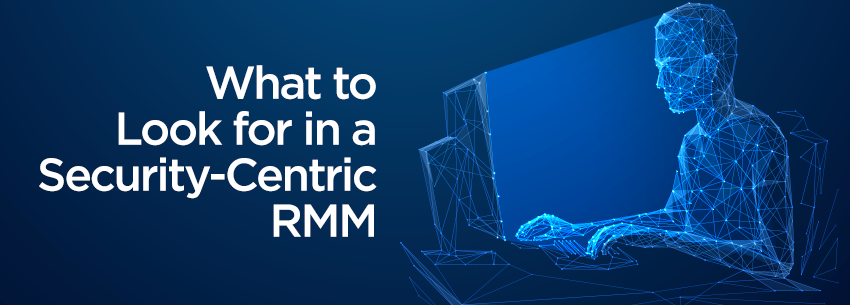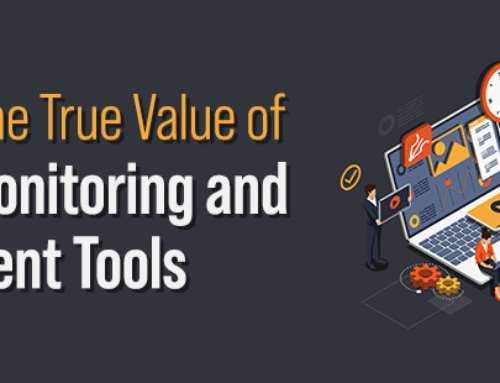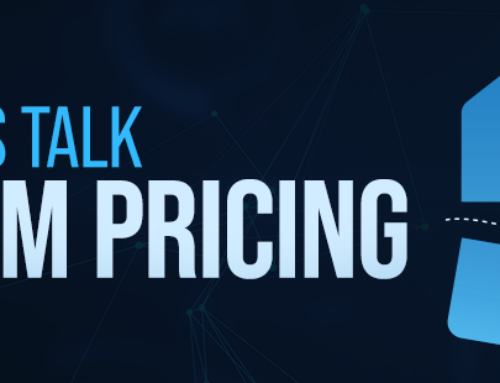Cybersecurity is increasing in importance for businesses everywhere. It only makes sense that MSPs would look for security features in critical tools to their business, like remote monitoring and management (RMM).
RMM tools allow MSPs to supervise and control a vast array of IT systems, from network activity to devices like laptops and phones. They allow MSPs to remotely install necessary software to maintain these different areas of a customer’s environment and report back to them on overall performance.
In today’s world, cybersecurity is a vital piece of performing all of these activities. An MSP can help protect customers and stop an attack in its tracks. The MSP will monitor network activity for anomalous behavior and alerts that could point to a cyberattack. What’s more, by ensuring software on devices and other network areas is up to date, they can further protect their clients from the latest vulnerabilities.
An MSP can accomplish many of these tasks by looking for a security-centric RMM tool that integrates or includes cybersecurity functionalities.
Here are some features to look for when considering an RMM for cybersecurity:
Network monitoring. Monitoring networks for uptime and performance is a normal functionality of an RMM tool. Still, it’s also crucial for it to monitor for anomalous behavior that could signify a cyber attack. A security-centric RMM should alert the MSP if unusual behavior occurs, allowing them to quickly take action to investigate and then remediate if necessary.
Asset discovery. You can’t protect what you can’t see. Having asset discovery as part of your RMM tool allows MSPs to flag new devices as they enter the network and ensure they are compliant with security standards. It will also allow them to manage these devices on an ongoing basis to ensure they stay secure.
Vulnerability detection. Vulnerabilities are an inevitable part of using any technology — whether it’s hardware or software. A security-centric RMM tool will allow you to find where these known vulnerabilities are within a customer’s environment or devices out of compliance (for example, out-of-date antivirus software), so they can be corrected. Otherwise, an unpatched vulnerability or a non-compliant user could leave a door open for an attacker to compromise the environment.
Automation. With a notorious shortage of talent in cybersecurity, the ability to automate tasks as much as possible is critical to offload low-level functions to technology and free up engineers to support more complex client needs. On top of that, automation can help MSPs move quickly to respond to potential security flaws — when every second counts.
Investing in a cybersecurity-centric RMM tool is essential for an MSP to support their clients’ most critical needs. The added benefit for the MSP is that it can add additional revenue to its business by adding new cybersecurity services.
By some estimates, adding cybersecurity services to an MSP offering can increase revenue by an average of 32 percent — a potentially game-changing amount for any business.




